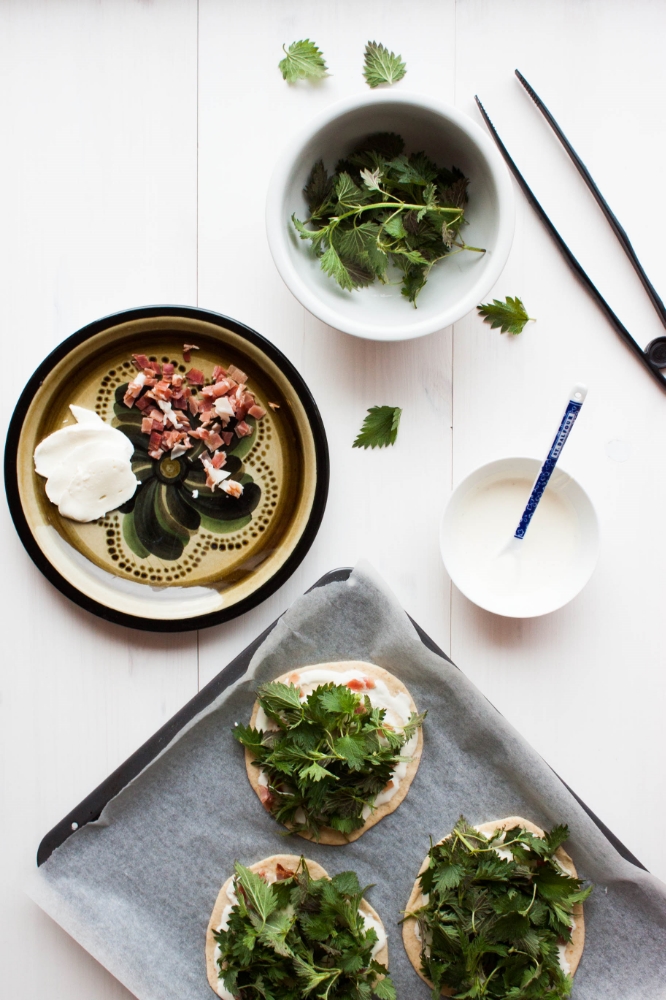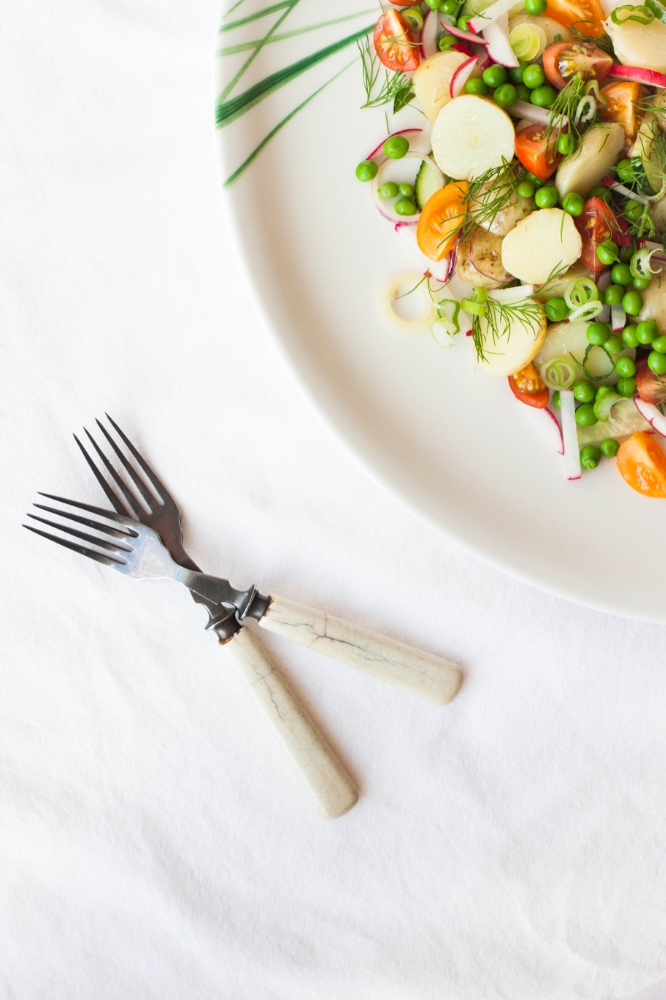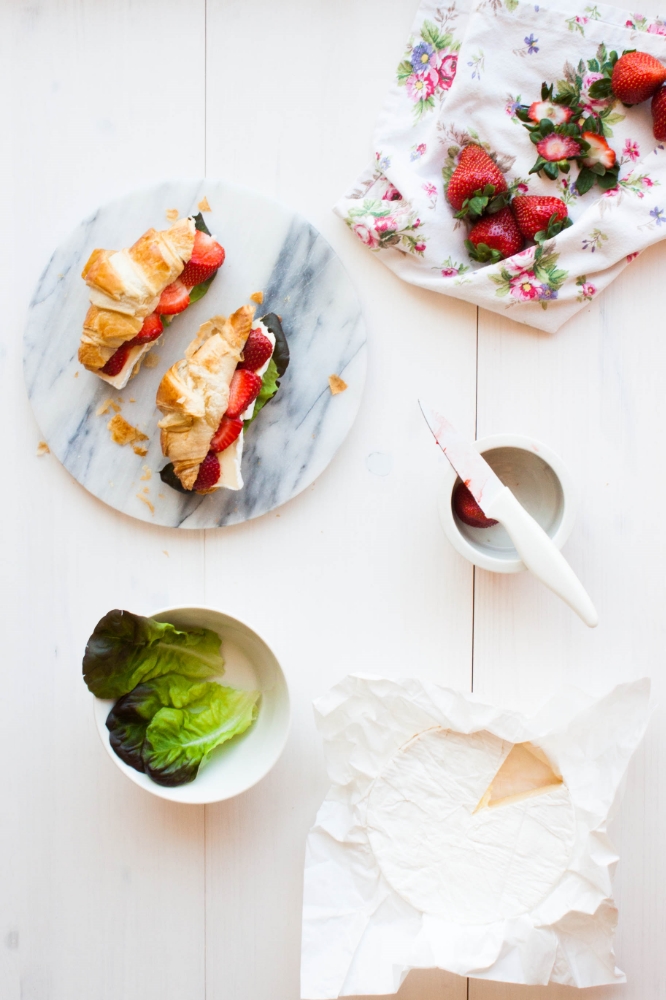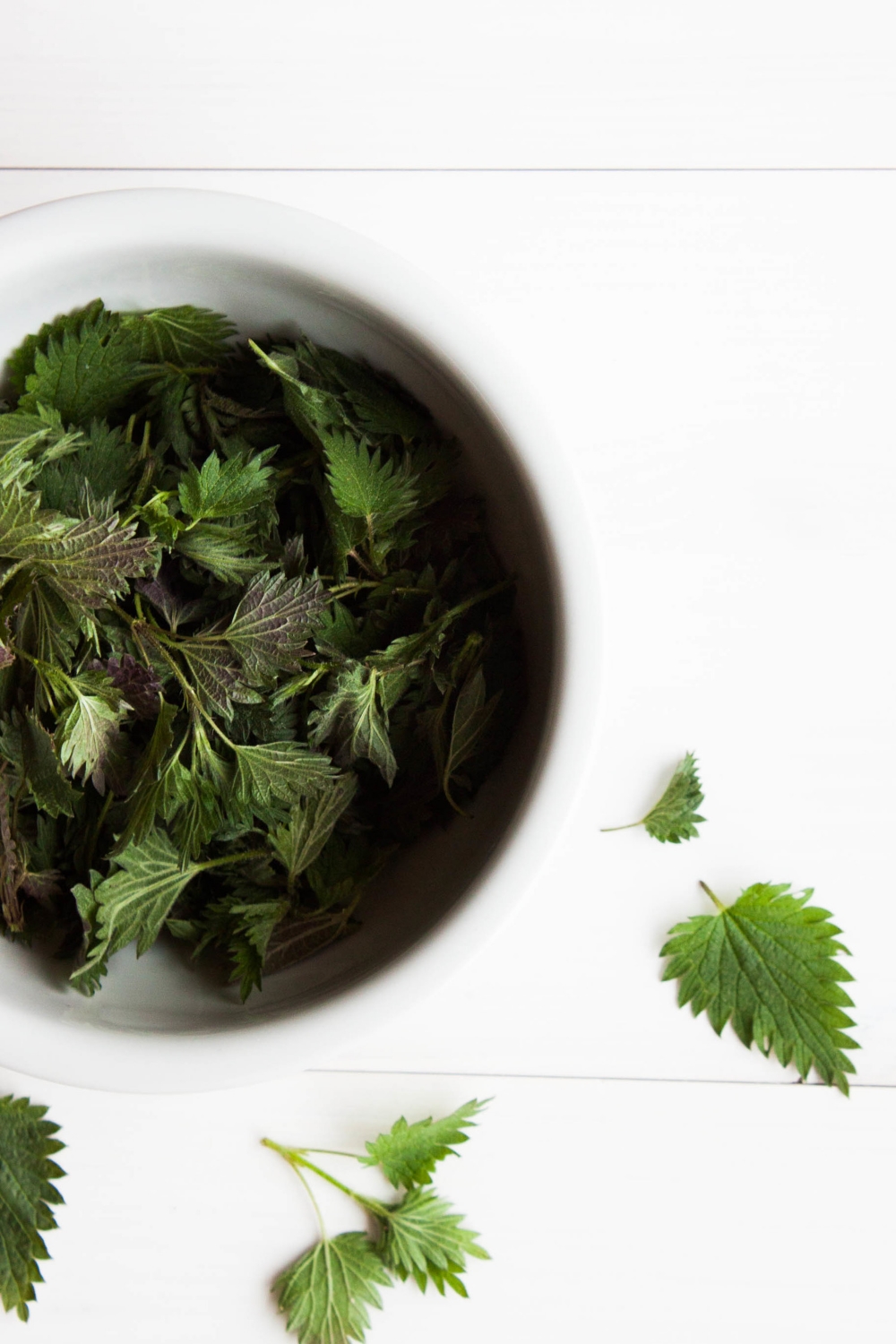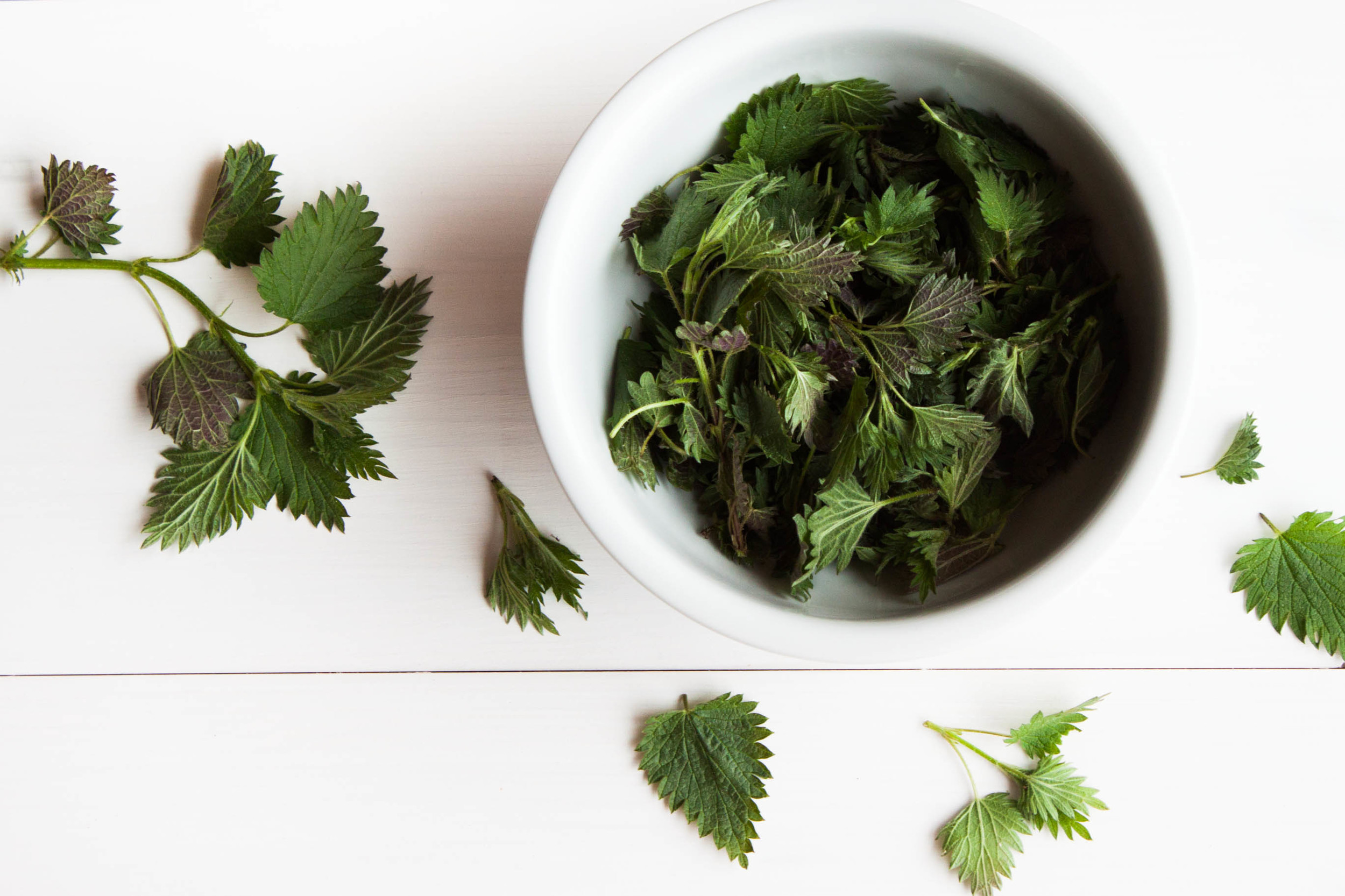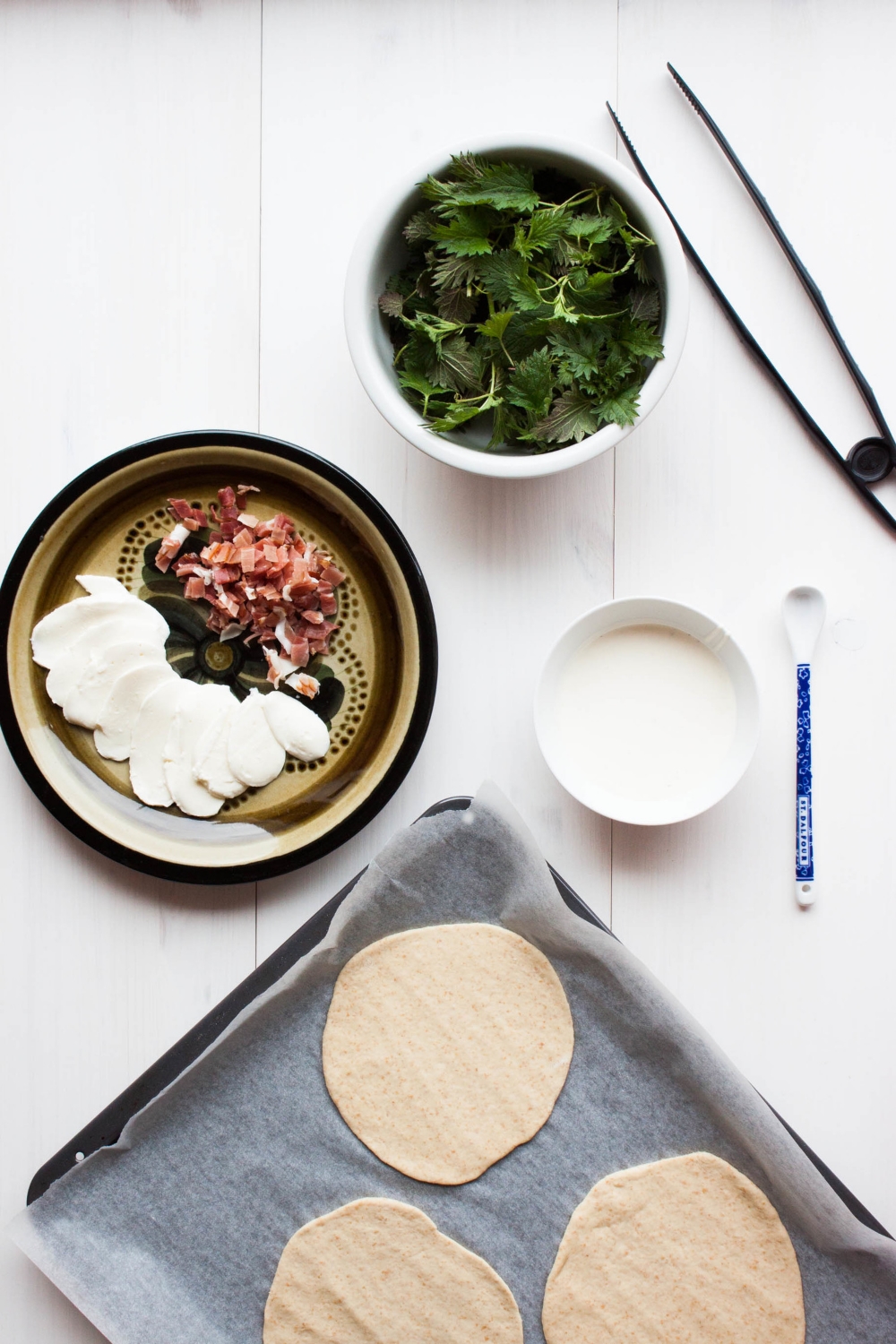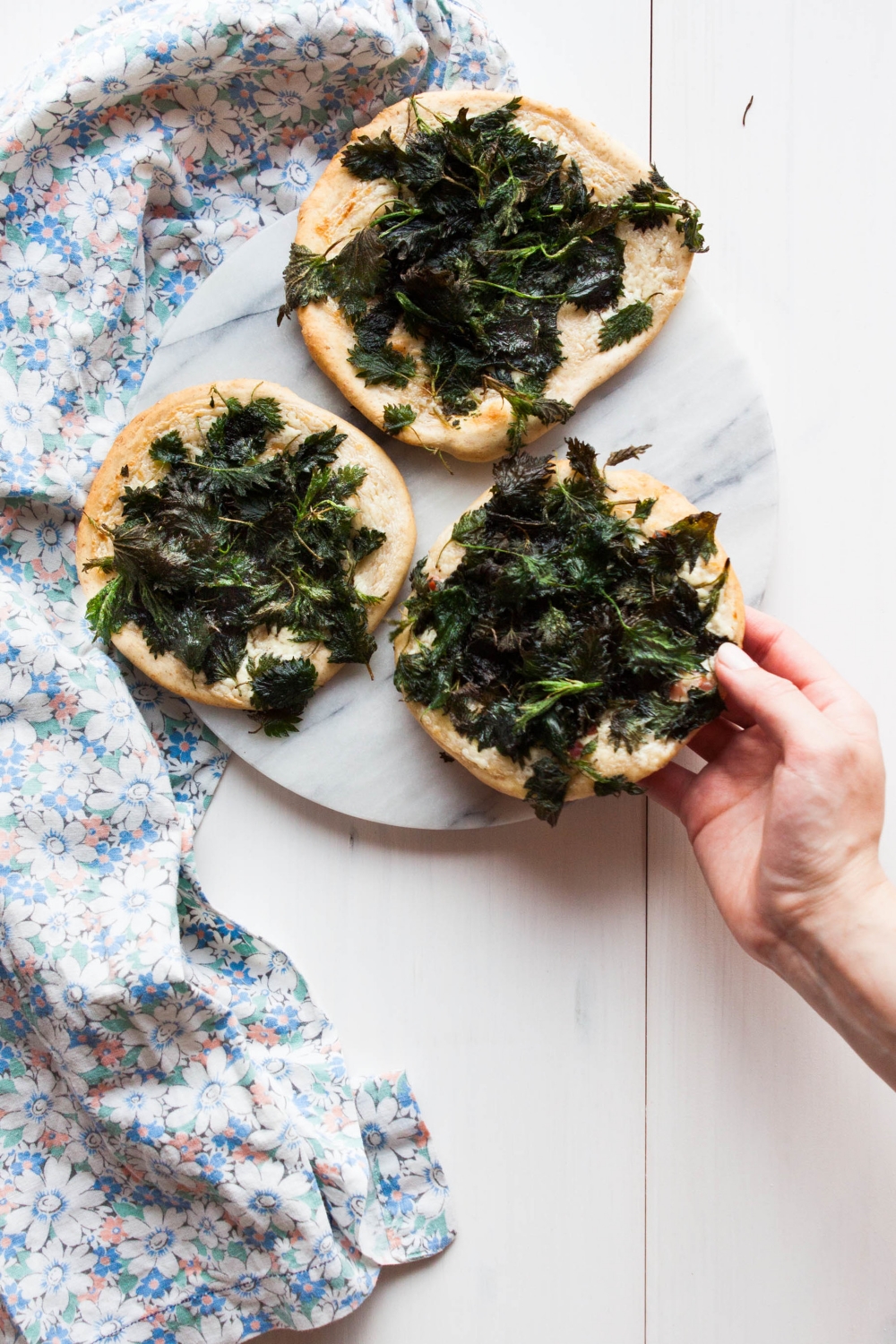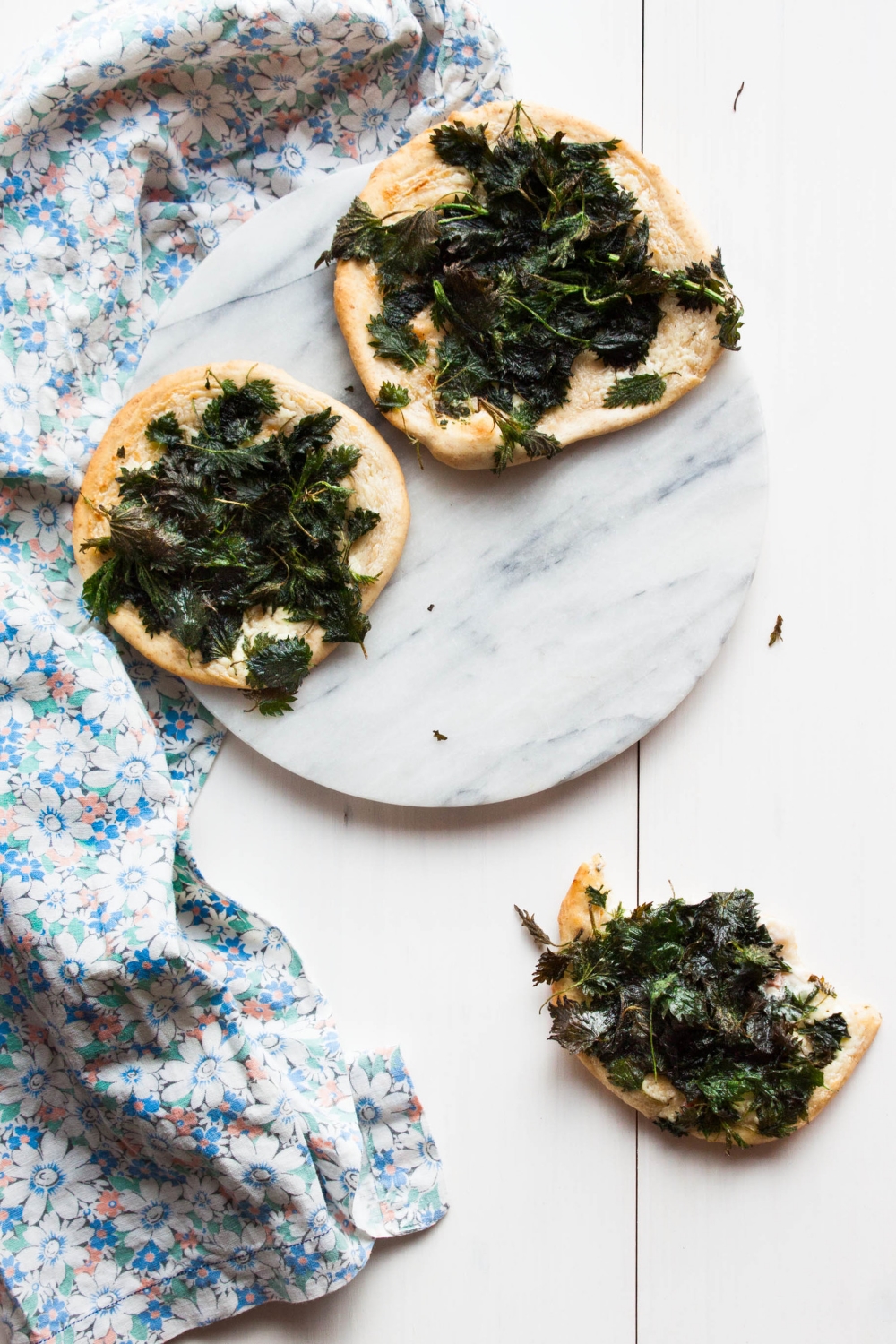I'm back.
I've probably written this post in my head a thousand times already. There's so much I would like to say but I'm lost for words. To be fully honest with you, although I feel glad to be back, I'm also nervous and anxious. What if someone mirrors my blog again? I'll probably never be free of that fear but I can't let it keep me away from what I love; from this space and community, styling and shooting food, developing recipes and sharing them with you. So here I am. Hi, folks!
Before I start to talk about food, I really have to thank you first. I was really touched by your response to my Facebook update 3 months ago where I explained why I had to take down the blog for the time being. Your support has been amazing. Your comments, emails, DMs, and tweets have shown once more what an incredible community this is. A fellow blogger once said to me in an email that our community is widespread but tight knit and I couldn't agree more. So thank you.
The last couple of weeks, I've been waiting for the perfect recipe to share with you but none felt right. Well, until last week when I made these pancakes after a foraging trip to the woods. I knew this would be a recipe I wanted to share with you.
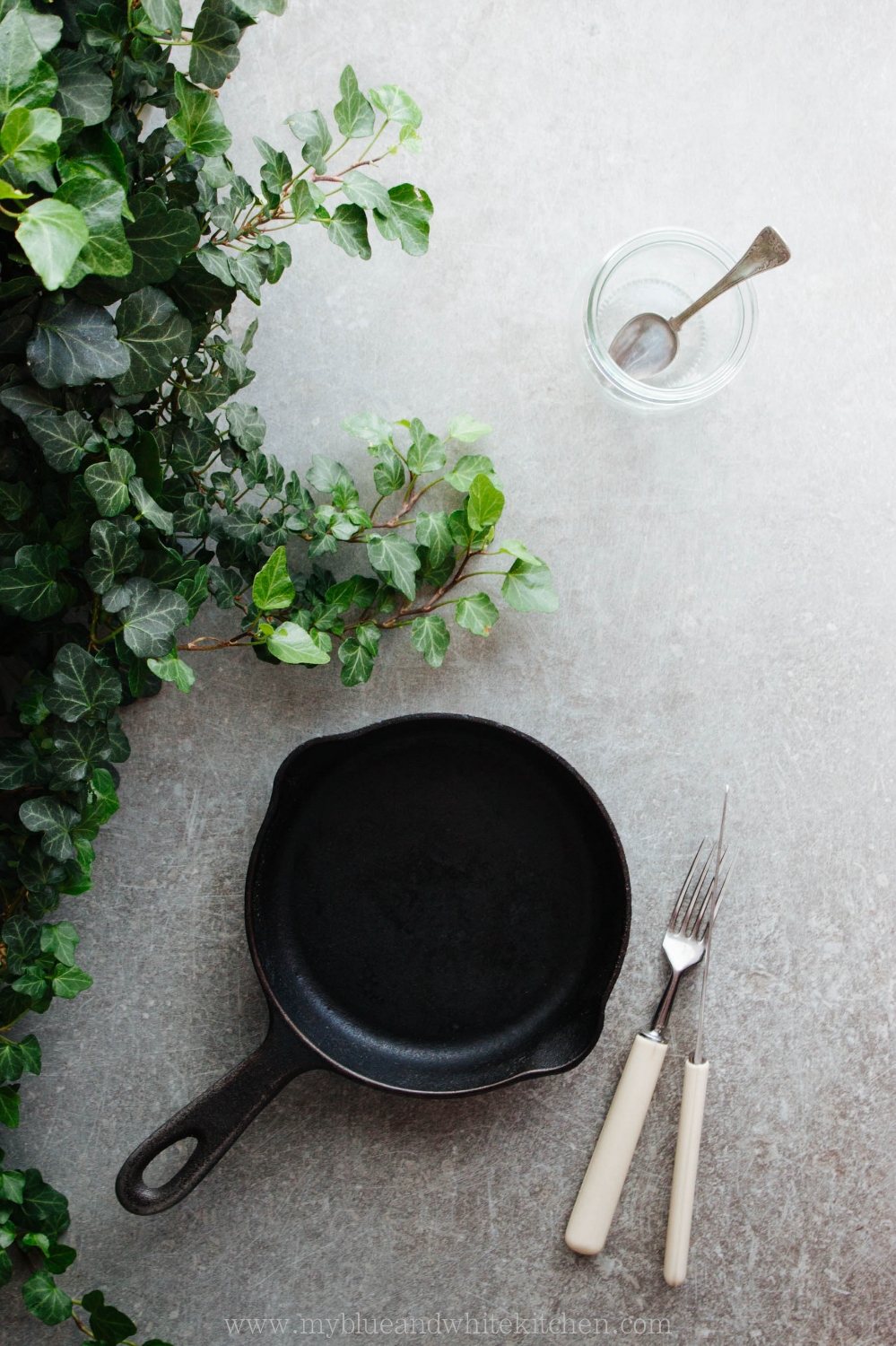
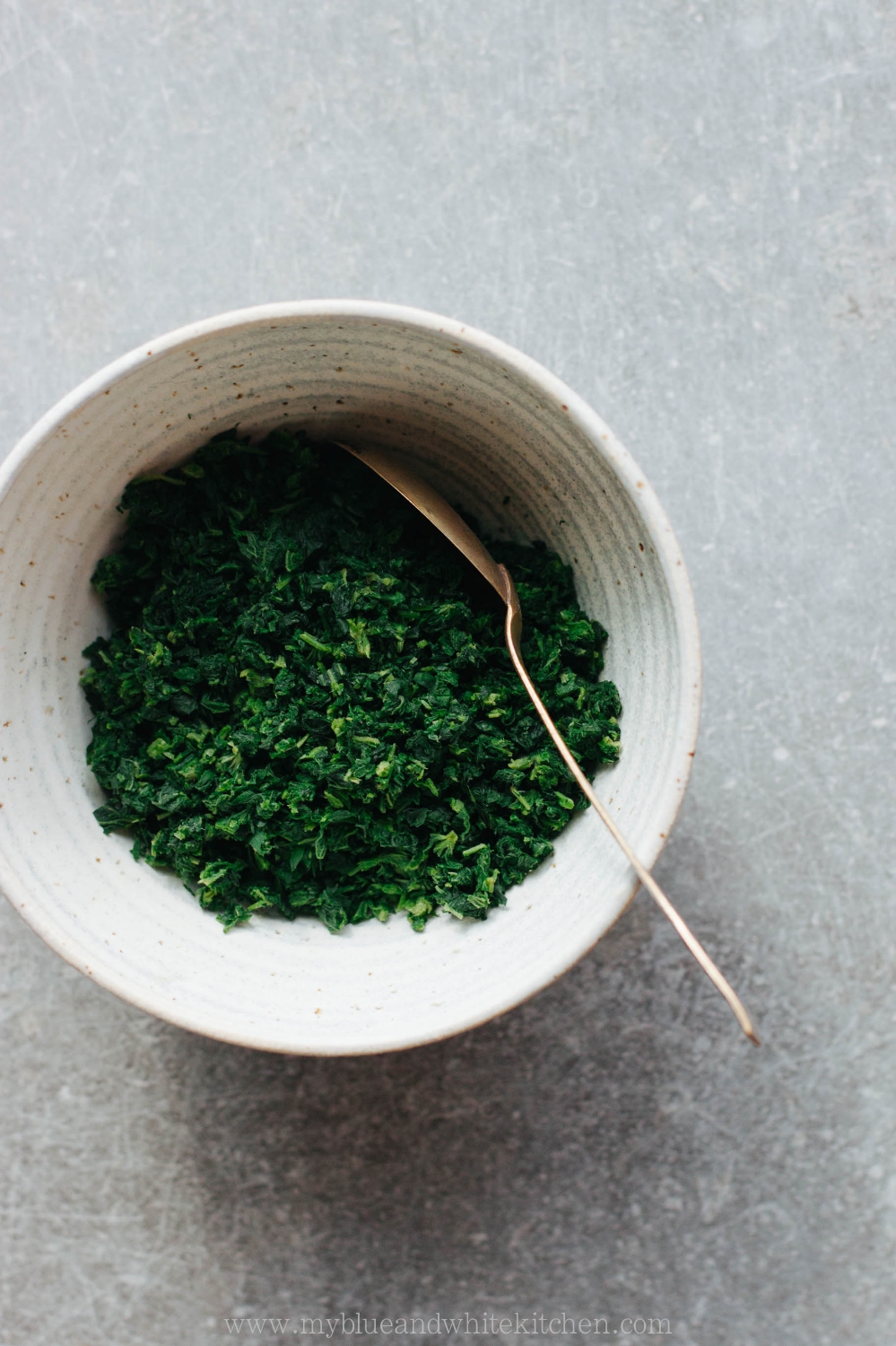
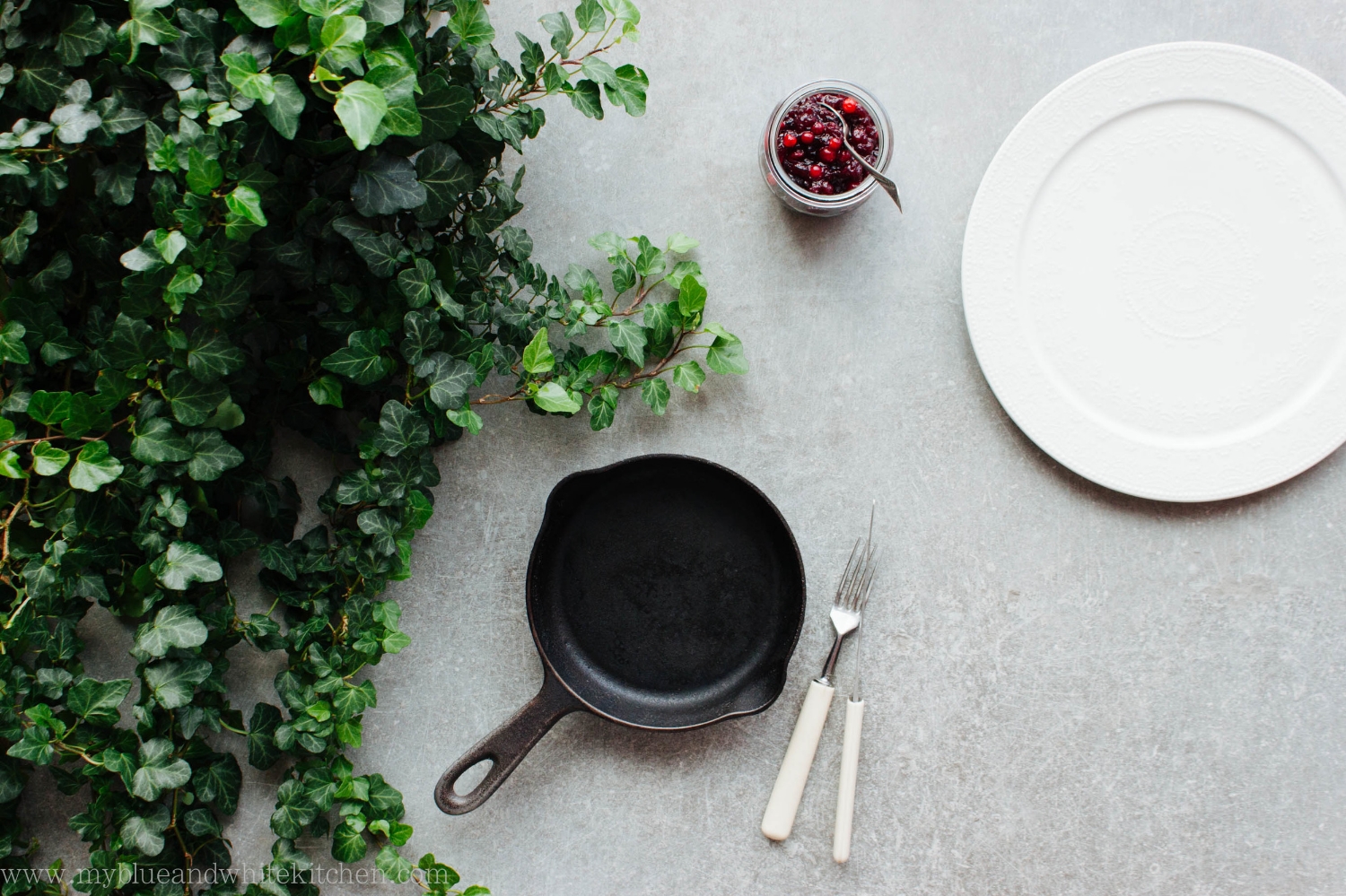
Stinging nettles are great in things like pesto or paired with butter and cream. I also want to make some nettle gnocchi soon. That said, one of my absolute favorite ways to enjoy this wild plant is in pancakes. Spinach pancakes are popular in the Nordic countries, so it comes naturally to adapt that classic dish and use wild nettles instead of spinach; a perfect dish for lunch or dinner. Nordic pancakes are related to French crêpes in size (although we sometimes make small ones too) and texture. However, we like to fry our pancakes until brown in color. A perfect Nordic pancake should have a lacy, crispy edge.
Spring is the perfect time to forage stinging nettles. If you're new to foraging wild plants, stinging nettles are the perfect plant to begin with; they're easy to identify and grow in abundance. There are a couple of things to keep in mind though. Wear gloves when you pick nettles as they sting when touched. Pick the top four to six leaves of each plant; this way the nettles will regrow all summer long. Don't forage stinging nettles near roads, composts, or possibly polluted areas, as the plants absorb harmful nitrogen from soil and air. Remember to use gloves or tongs when you're handling stinging nettles. You can get rid of the sting by boiling or crushing the plants after which they can be handled without the fear of getting that nasty stinging sensation.
As always when I'm talking about foraging, don't forage or eat any plants, mushrooms, or berries that you can't identify with 100% certainty. This is not the time to experiment as the results may in the worst case be fatal.
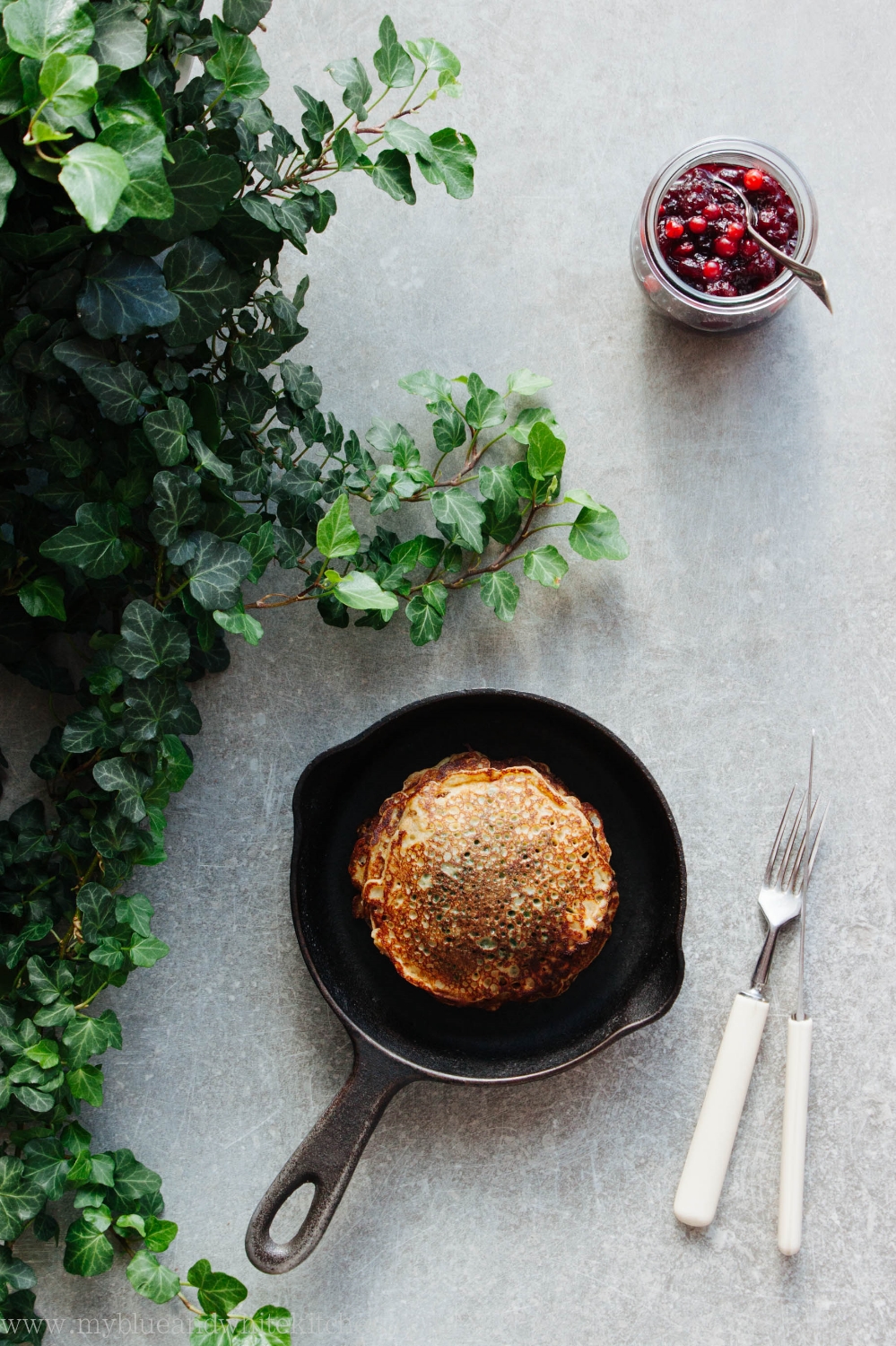
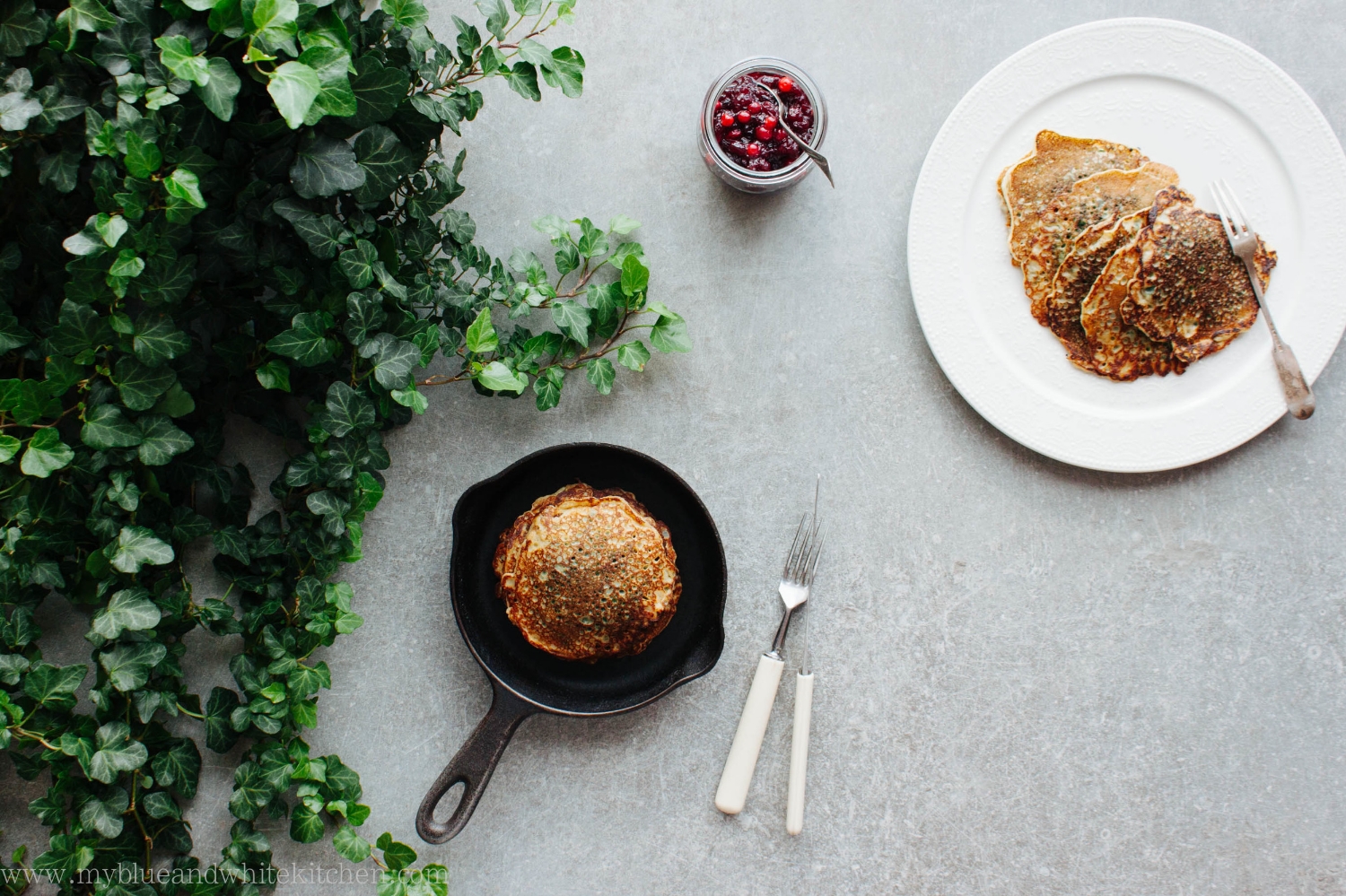
Stinging Nettle Pancakes
serves 3 to 4
You can make small or big pancakes; mine were around 10 cm (4") in diameter. If you're using a large frying pan, you can fry several small pancakes at the same time. I like to serve these pancakes with lingonberry or cranberry jam but the topping options are endless; I tried these with sour cream and smoked salmon as well as sprinkled with nothing but sugar and both versions were delicious.
6 dl (2 ½ cups) milk
3 eggs
1 tsp fine sea salt
165 g (3 dl; 1 ¼ cups) all-purpose flour
3 tbsp melted butter
about 1 liter (4 ½ cups) loosely packed stinging nettles, cleaned
butter, for frying
lingonberry or cranberry jam (or any other topping of your choice), to serve
In a medium-sized bowl, combine the milk, eggs, and salt. Whisk to combine. Gradually, add the flour followed by the melted butter. Whisk until the batter is smooth. Let rest at room temperature for half an hour. As the batter rests, bits of butter may rise to the surface. Don't worry; just give the batter a good mix before frying.
Meanwhile, quickly blanch the stinging nettles: bring a large pot of water to a boil, add the stinging nettles, and let boil for 10 to 30 seconds. Remove the stinging nettles and place under cold running water or plunge into ice water. Drain and squeeze the blanched stinging nettles to remove as much water as possible. Chop finely and add to the pancake batter.
To fry the pancakes, heat a frying pan over medium-high heat. Add a knob of butter and a ladle of the batter; we're looking for a relatively thin pancake, about 2 mm in thickness. Fry until set and browned. Flip and fry until the other side is brown as well. Transfer fried pancakes to a plate and continue with the remaining batter. Add a small knob of butter between each pancake.
Serve warm with lingonberry or cranberry jam or toppings of your choice.


